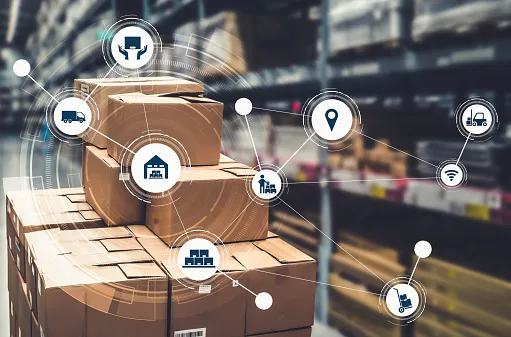
The Power of Sustainable Material Exchange
Welcome to the ReflowX blog, where we explore the transformative power of sustainable material exchange in the oil and gas industry. In this article, we delve into how this innovative approach can drive environmental responsibility, reduce waste, and foster a more sustainable future. Join us as we uncover the significant benefits and potential of sustainable material exchange in reshaping the industry.
In an era where sustainability is paramount, the oil and gas industry is seeking ways to minimize its environmental impact. Sustainable material exchange emerges as a powerful solution, enabling companies to actively reduce waste, promote resource optimization, and contribute to a circular economy. Let’s explore the key aspects that make sustainable material exchange a game-changer:
Minimizing Waste, Maximizing Value:
Through sustainable material exchange, the industry can significantly reduce waste by repurposing surplus materials. Materials that would otherwise end up in landfills can find new life through trading and reuse. This approach not only reduces the need for new material extraction but also optimizes resource utilization, creating a more efficient and sustainable industry.
Driving a Circular Economy:
Sustainable material exchange supports the transition towards a circular economy, where resources are kept in use for as long as possible. By facilitating the trading of materials, companies can extend their lifespan and prevent unnecessary disposal. This not only reduces the strain on natural resources but also reduces energy consumption and greenhouse gas emissions associated with material extraction and production.
Promoting Environmental Responsibility:
Embracing sustainable material exchange demonstrates a commitment to environmental responsibility. By actively participating in the exchange, companies contribute to the reduction of carbon footprint, waste generation, and overall environmental impact. This not only aligns with the global sustainability agenda but also enhances the reputation of businesses, attracting environmentally conscious partners and customers.
Collaboration and Innovation:
Sustainable material exchange creates opportunities for collaboration and innovation within the industry. By connecting buyers and sellers, it fosters a network that encourages knowledge sharing and the adoption of best practices. This collaborative environment enables the development of new solutions, technologies, and processes that further enhance sustainability efforts in the oil and gas sector.
Cost Savings and Economic Efficiency:
Engaging in sustainable material exchange not only benefits the environment but also brings economic advantages. By reducing waste and optimizing resource utilization, companies can achieve cost savings in material procurement and disposal. Additionally, this approach promotes economic efficiency by increasing the value extracted from existing resources, thereby improving the overall bottom line.
The power of sustainable material exchange cannot be underestimated in driving environmental responsibility within the oil and gas industry. By repurposing surplus materials, embracing a circular economy, and fostering collaboration, companies can make significant strides towards a more sustainable future. Through sustainable material exchange, we have the opportunity to transform the industry, reduce waste, and pave the way for a greener, more sustainable tomorrow.
Join ReflowX on this journey towards a sustainable future, where responsible material exchange leads the way to a more environmentally conscious oil and gas industry.








